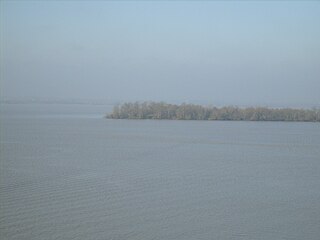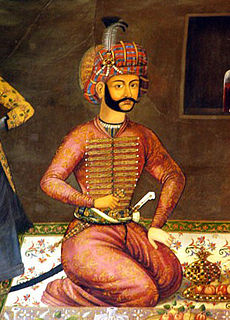 W
WDates in this article are given in the Gregorian calendar, then ten days ahead of the Julian calendar in use in England.
 W
WThe Battle of Arronches was an encounter between the forces of the Portuguese Empire and of the Spanish Empire in 1653, near Arronches, Alentejo. The Portuguese, significantly outnumbered, managed to outflank the Spanish forces and defeat them badly.
 W
WThe Battle of Scheveningen was the final naval battle of the First Anglo-Dutch War. It took place on 31 July 1653. between the fleets of the Commonwealth of England and the United Provinces. The Dutch fleet suffered a big defeat but achieved its strategic goal in the short term, as the battle led to the raising of the Royal Navy blockade of the Dutch coast.
 W
WThe Battle of Bordeaux was a naval engagement of the Franco-Spanish War of 1635 fought on 20 October 1653 in the Gironde estuary. A Spanish fleet under Álvaro de Bazán, 3rd Marquis of Santa Cruz, sent to relieve Bordeaux, at that time held by the nobles rose up against Louis XIV during the Fronde, encountered a great concentration of French warships belonging to Duke of Vendome's army in the channel of Blaye and captured or destroyed most of it. Shortly after a landing was made by some 1,600 soldiers of the Spanish Tercios which sacked the village of Montagne-sur-Gironde. A similar attempt in the Island of Ré was repulsed, so Santa Cruz, having accomplished his orders, returned to Spain.
 W
WThe naval Battle of Leghorn took place on 4 March 1653 , during the First Anglo-Dutch War, near Leghorn (Livorno), Italy. It was a victory of a Dutch squadron under Commodore Johan van Galen over an English squadron under Captain Henry Appleton. Afterwards, another English squadron under Captain Richard Badiley, which Appleton had been trying to join up with, reached the scene in time to observe the capture of the last ships of Appleton's squadron, but was outnumbered and forced to return to Porto Longone.
 W
WThe naval Battle of Portland, or Three Days' Battle took place during 18–20 February 1653, during the First Anglo-Dutch War, when the fleet of the Commonwealth of England under General at Sea Robert Blake was attacked by a fleet of the Dutch Republic under Lieutenant-Admiral Maarten Tromp escorting merchant shipping through the English Channel.
 W
WThe Russo-Persian War of 1651–1653 was an armed conflict in the North Caucasus fought between the Safavid Empire and the Tsardom of Russia, associated with the Safavid plans to strengthen its position in the region and to exclude Russia. The main issue involved the expansion of a Russian garrison on the Koy Su River, as well as the construction of several new fortresses, in particular the one built on the Iranian side of the Terek River. The Safavid government then sent troops, and destroyed the fortress while expelling its Russian garrison. In 1653 Alexis of Russia and the Russian government, which thought about sending the Russian Zaporozhian Army, but did not want to disperse its forces, sent an embassy to Persia for a peaceful settlement of the conflict. Shah Abbas II agreed, stating that the conflict was initiated without his consent.
 W
WThe Swiss peasant war of 1653 was a popular revolt in the Old Swiss Confederacy at the time of the Ancien Régime. A devaluation of Bernese money caused a tax revolt that spread from the Entlebuch valley in the Canton of Lucerne to the Emmental valley in the Canton of Bern and then to the cantons of Solothurn and Basel and also to the Aargau.
 W
WThe naval Battle of the Gabbard, also known as the Battle of Gabbard Bank, the Battle of the North Foreland or the Second Battle of Nieuwpoort took place on 2–3 June 1653. during the First Anglo-Dutch War near the Gabbard shoal off the coast of Suffolk, England between fleets of the Commonwealth of England and the United Provinces.